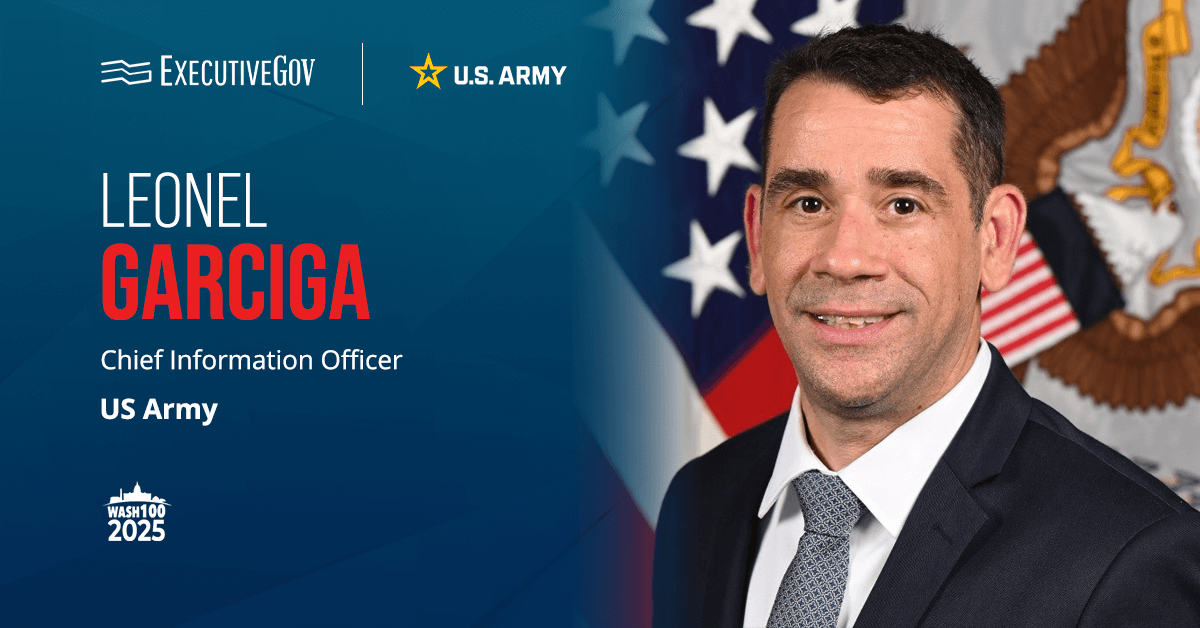The Johns Hopkins Applied Physics Laboratory has unveiled a new digital engineering program meant to enable U.S. space agencies to protect satellites and other systems critical to national security.
Utilizing Digital Twins to Boost Space Security
The APL said Monday its new modeling, simulation and analysis tool utilizes model-based systems engineering and digital engineering that allows users to simulate responses of national security systems to different space events. The simulations enable them to gain insights of the strengths and weaknesses of the system and use them to strengthen the agency’s space security infrastructure.
The knowledge gained from using digital twins can also be leveraged in making critical and action-based decisions to boost the survivability of warfighters in various environments and enhance capabilities to safeguard vital operational assets.
Michaelyn Thomas, program manager at APL, remarked, “We provide a suite of analyses that identifies where functional and technology gaps exist in the nation’s space command and control architecture so that our sponsors can make informed choices on how to maximize their systems.”
Grace Colonell, co-technical lead of the program, added, “Our model tries to identify the functions that an agency needs to consider. When we compare those options to what’s actually available, we can identify potential gaps.”











